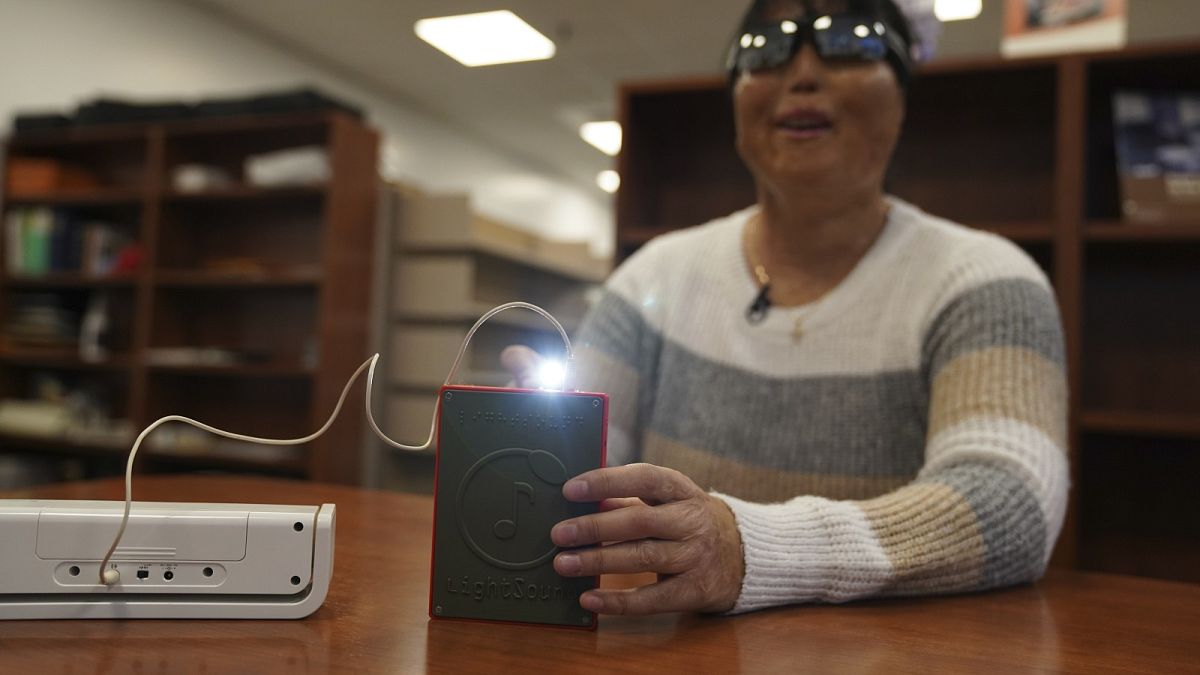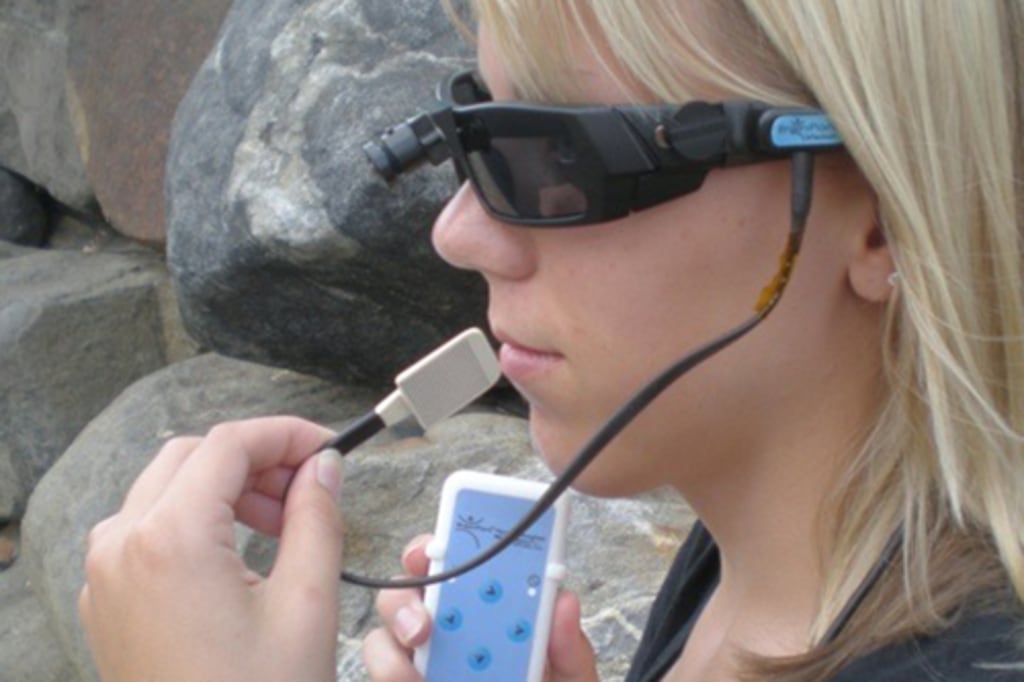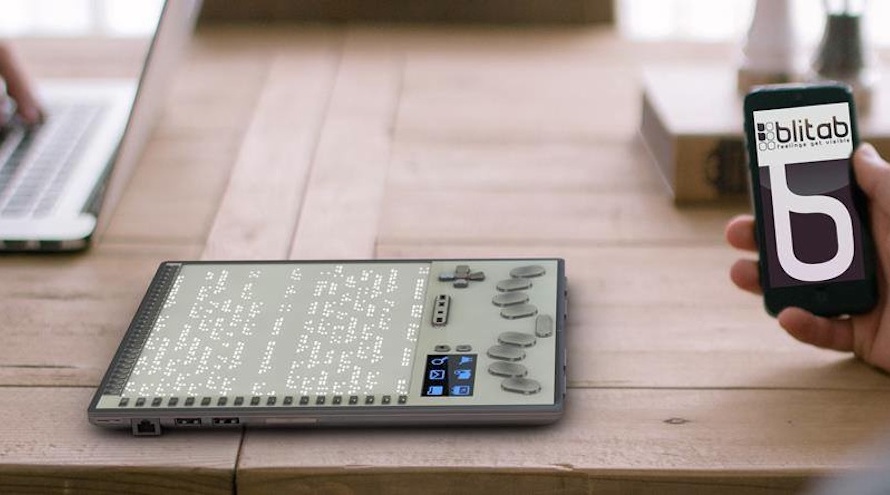Empowering Self-reliance With Assistive Technology for the Blind
The combination of assistive innovation into the lives of people with aesthetic disabilities stands for a considerable innovation in advertising independence and self-sufficiency. From ingenious display viewers to innovative wise walking canes, these tools not just enhance day-to-day navigation and interaction yet also equip users to engage meaningfully in different facets of life. As we discover the myriad benefits and real-world applications of these technologies, it comes to be important to take a look at the hidden aspects that add to their effectiveness and the possibility for future growths in this important area.
Introduction of Assistive Innovation

The advancement of assistive innovation is grounded in principles of inclusivity and empowerment. Innovations in software application, hardware, and sensory enhancements provide individuals with options customized to their details demands. From display visitors that convert text to speech, to tactile devices that communicate info via touch, these tools change the means individuals involve with their surroundings.
In addition to practical applications, assistive modern technology cultivates better social incorporation and involvement in different fields, including education and learning and employment (OCR devices for the blind). As r & d continue to evolve, the possibility for assistive modern technology to additionally enhance the lives of aesthetically impaired individuals stays appealing, paving the method for an extra equitable society where every person can prosper
Sorts Of Assistive Devices
A selection of assistive tools have actually emerged to sustain people with aesthetic disabilities, each designed to meet certain demands and enhance everyday performance. These tools range from low-tech options to state-of-the-art innovations, giving diverse alternatives for customers.
Low-tech tools include magnifiers and large-print products that help in analysis and writing. Braille devices, such as Braille slates and styluses, enable responsive analysis and communication. Positioning and movement help, like white walking sticks, help customers navigate their atmosphere securely.
On the greater end of the spectrum, electronic magnification systems and display visitors use substantial assistance. Digital magnifiers permit customers to enlarge text and pictures on screens, while screen visitors transform digital content into synthesized speech, helping with access to information on computer systems and mobile phones.
Smartphone applications also play an essential duty, offering features like text acknowledgment and navigating help. Wearable modern technology, such as smart glasses geared up with augmented fact, is emerging as a promising tool to enhance situational understanding.
Advantages of Assistive Innovation
The combination of assistive innovation significantly enhances the lifestyle for individuals with aesthetic problems. These technologies encourage individuals by advertising independence, enabling them to navigate their environments much more efficiently and carry out everyday jobs with higher simplicity. Display viewers and zoom walk in vision exam near me software program permit people to access electronic info, cultivating educational and specialist opportunities that may have previously been out of reach.
Additionally, assistive devices such as clever walking canes and GPS applications give real-time navigating support, improving flexibility and safety. This increased autonomy not only enhances self-confidence however likewise motivates social engagement, enabling individuals to participate even more fully in their communities.
Assistive innovation additionally facilitates interaction, helping users get in touch with others with voice acknowledgment and text-to-speech applications. This capability is essential for maintaining partnerships and accessing crucial details.
Additionally, the personalization options available with numerous assistive technologies ensure that individuals can customize devices to their certain demands, additionally boosting use and performance. Overall, the benefits of assistive technology for people with visual problems are profound, promoting an extra inclusive society where everybody can pursue their aspirations and goals.
Study and Success Stories
Highlighting the transformative effect of assistive innovation, countless instance studies highlight how people with aesthetic problems have effectively integrated these tools right into their everyday lives. One compelling example entails a college pupil that utilized display reading software application to browse on-line resources and scholastic materials properly. This modern technology not just facilitated her education and learning but also enhanced her confidence in joining discussions and team tasks.
Another study includes a specialist that utilizes a smart device application designed for navigating and object acknowledgment. By using this app, he has actually regained freedom in both his individual and workplace, allowing him to commute independently and engage with associates better.
Furthermore, a senior citizen shared her experience with braille e-readers, which allowed her to access a vast array of literary works and remain attached with her area with publication clubs.
These success tales emphasize the crucial role of assistive innovation in promoting freedom, enhancing high quality of life, and promoting social combination for people with visual impairments (Smart glasses for the funky glasses frames visually impaired). By welcoming these cutting-edge tools, individuals can overcome difficulties and confiscate opportunities that add to their professional and personal satisfaction

Future Trends in Assistive Modern Technology
Technology in assistive innovation is poised to redefine the landscape of assistance for people with visual disabilities. Emerging patterns emphasize the combination of synthetic intelligence (AI) and machine understanding, which improve the capability of devices that help with navigation and details ease of access. As an example, AI-driven applications are currently with the ability of analyzing visual information in real-time, allowing individuals to involve with their atmosphere extra independently.
Furthermore, the growth of wearable innovation is advancing swiftly. Smart glasses equipped with enhanced fact (AR) can provide audio summaries of environments, transforming exactly how individuals connect with public spaces. These devices not just promote freedom however also foster social inclusion.
Additionally, the Internet of Points (IoT) is making homes smarter, allowing for smooth connection in between assistive devices and everyday appliances. This connectivity equips individuals by making it possible for automated actions and voice-activated controls customized to individual demands.
Final Thought
In final thought, assistive technology plays a critical duty in empowering people with visual problems by enhancing their independence and engagement with their environments. The varied series of applications and tools available not only promotes navigation and interaction yet additionally promotes social combination and chances for expert and personal i loved this growth. As innovations proceed in this field, the potential for improving the top quality of life for those with aesthetic problems will increase, cultivating greater autonomy and empowerment.
